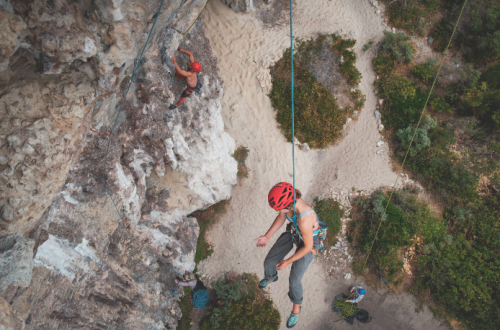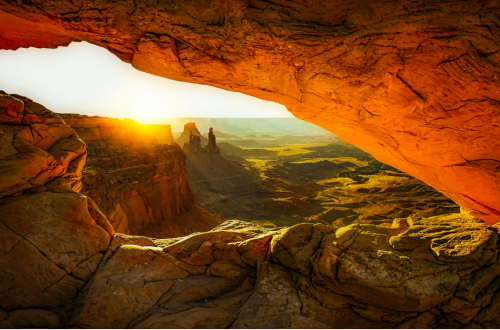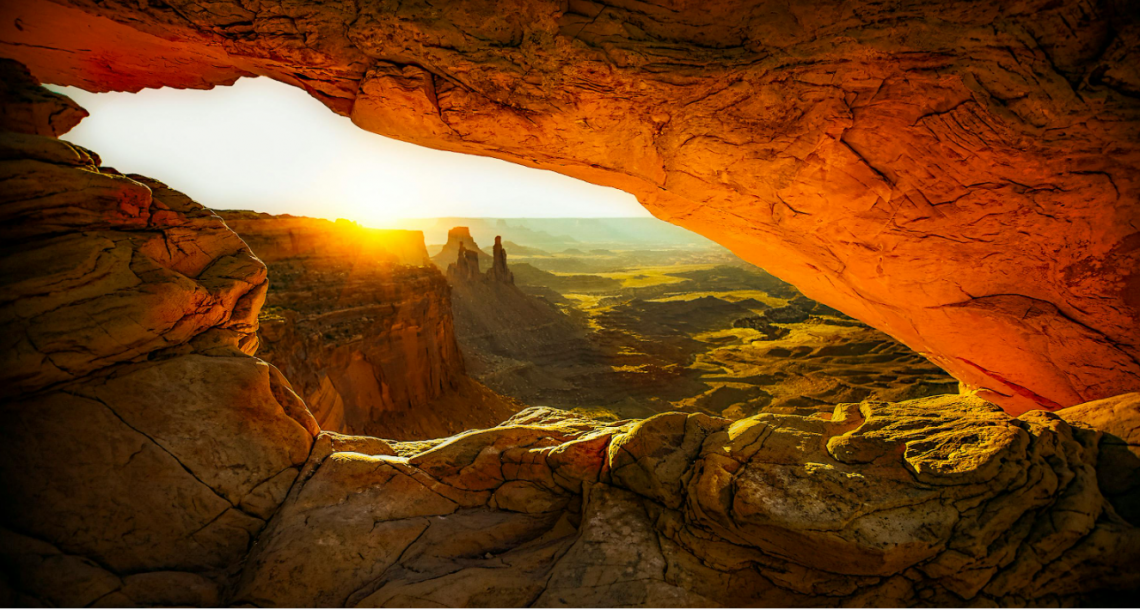
Cave Exploration: Discovering Subterranean Wonders
Caves have long captured the human imagination, offering a glimpse into the mysterious underworld beneath our feet. From ancient times to the modern day, cave exploration has been a source of adventure, scientific discovery, and wonder. In this article, we will delve into the world of cave exploration, exploring the thrill of discovery, the different types of caves, famous caves around the world, and the equipment and safety precautions necessary for a successful expedition.
Introduction
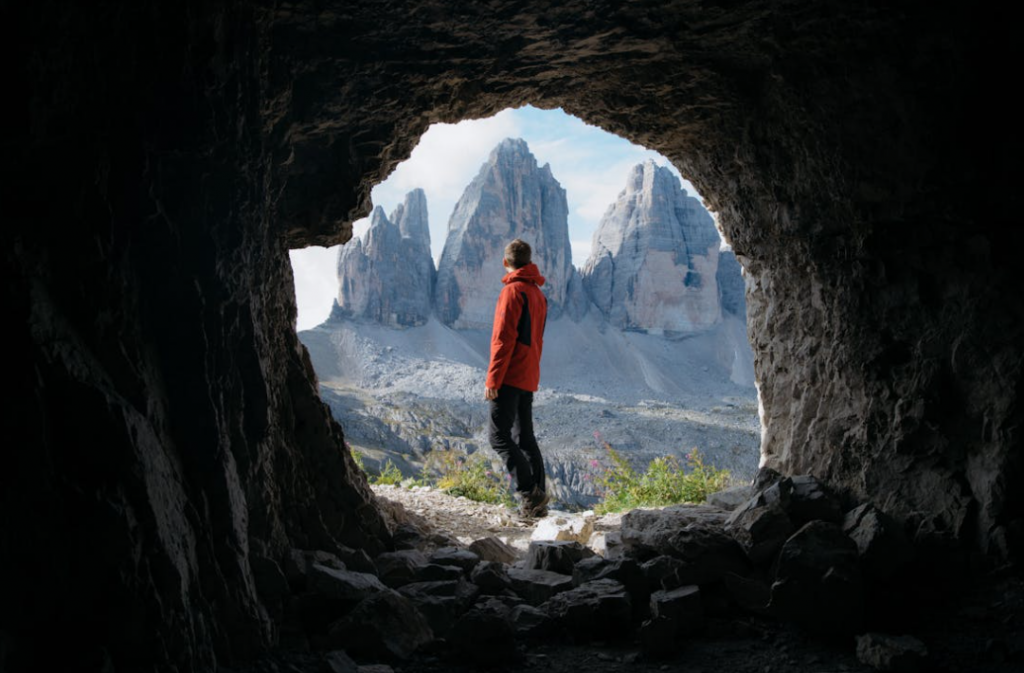
Cave exploration, also known as spelunking or caving, is the activity of exploring caves for recreational or scientific purposes. It offers a unique opportunity to witness geological formations, underground rivers, and ecosystems that are hidden from the surface world.
The Thrill of Exploration
The allure of cave exploration lies in the sense of adventure and discovery it offers. The thrill of squeezing through narrow passages, crossing underground rivers, and uncovering hidden chambers is unlike any other experience.
Types of Caves
Caves can be broadly classified into two categories: natural formations and man-made caves. Natural caves are formed through geological processes such as erosion, while man-made caves are created by humans for various purposes, such as mining or shelter.
Famous Caves Around the World
There are many famous caves around the world that attract visitors from far and wide. From the stunning limestone formations of Carlsbad Caverns in the United States to the ancient rock-hewn churches of Lalibela in Ethiopia, each cave offers a unique glimpse into the world beneath our feet.
Equipment Needed
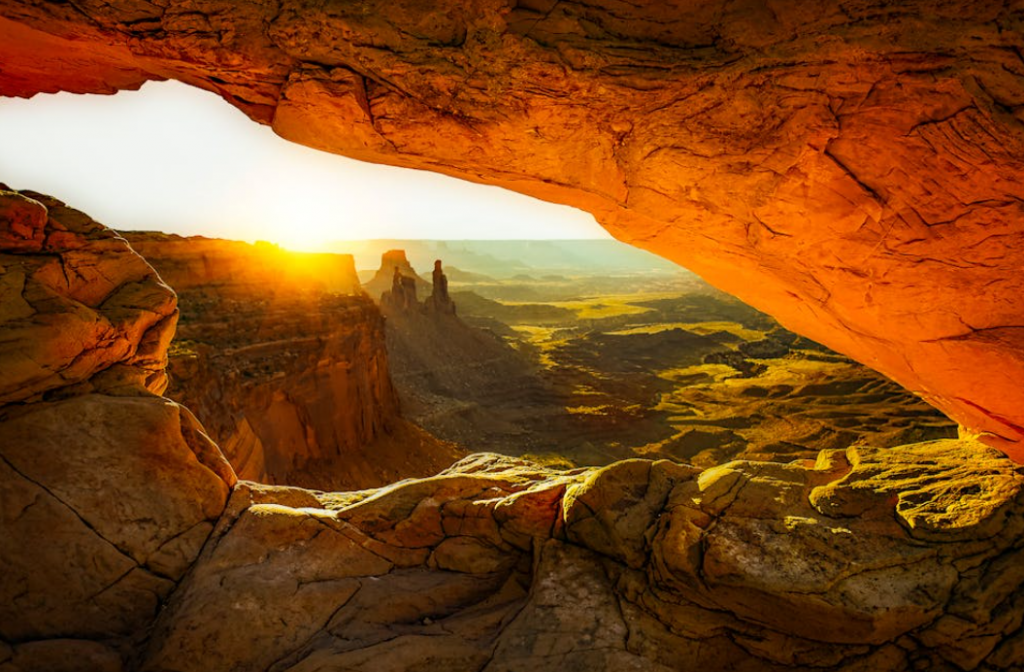
Proper equipment is essential for safe cave exploration. This includes a helmet, headlamp, sturdy footwear, and clothing that can withstand the rigors of cave exploration.
Safety Precautions
Cave exploration can be dangerous, and it is important to take proper safety precautions. This includes staying with your group, following the guidance of experienced cave guides, and being aware of potential hazards such as loose rocks and slippery surfaces.
Cave Conservation
Caves are fragile environments that can be easily damaged by human activity. It is important to practice cave conservation by minimizing your impact on the cave environment and following the principles of “leave no trace.”
The Role of Guides
Experienced cave guides play a crucial role in ensuring the safety and enjoyment of cave explorers. They can provide valuable insight into the geology and history of the cave, as well as guidance on how to navigate its twists and turns safely.
Unique Cave Features

Caves are home to a variety of unique geological formations, such as stalactites, stalagmites, and flowstones. These formations are created over thousands of years by the slow dripping of water containing dissolved minerals.
Cave Photography Tips
Photographing caves can be challenging due to the low light conditions and the need to capture the unique beauty of the cave environment. Tips for cave photography include using a tripod, using a wide-angle lens to capture the expansive views, and adjusting your camera settings for low light conditions.
Conclusion
Cave exploration offers a unique opportunity to witness the hidden wonders of the underground world. By following proper safety precautions and respecting the cave environment, anyone can experience the thrill of discovering subterranean wonders.


